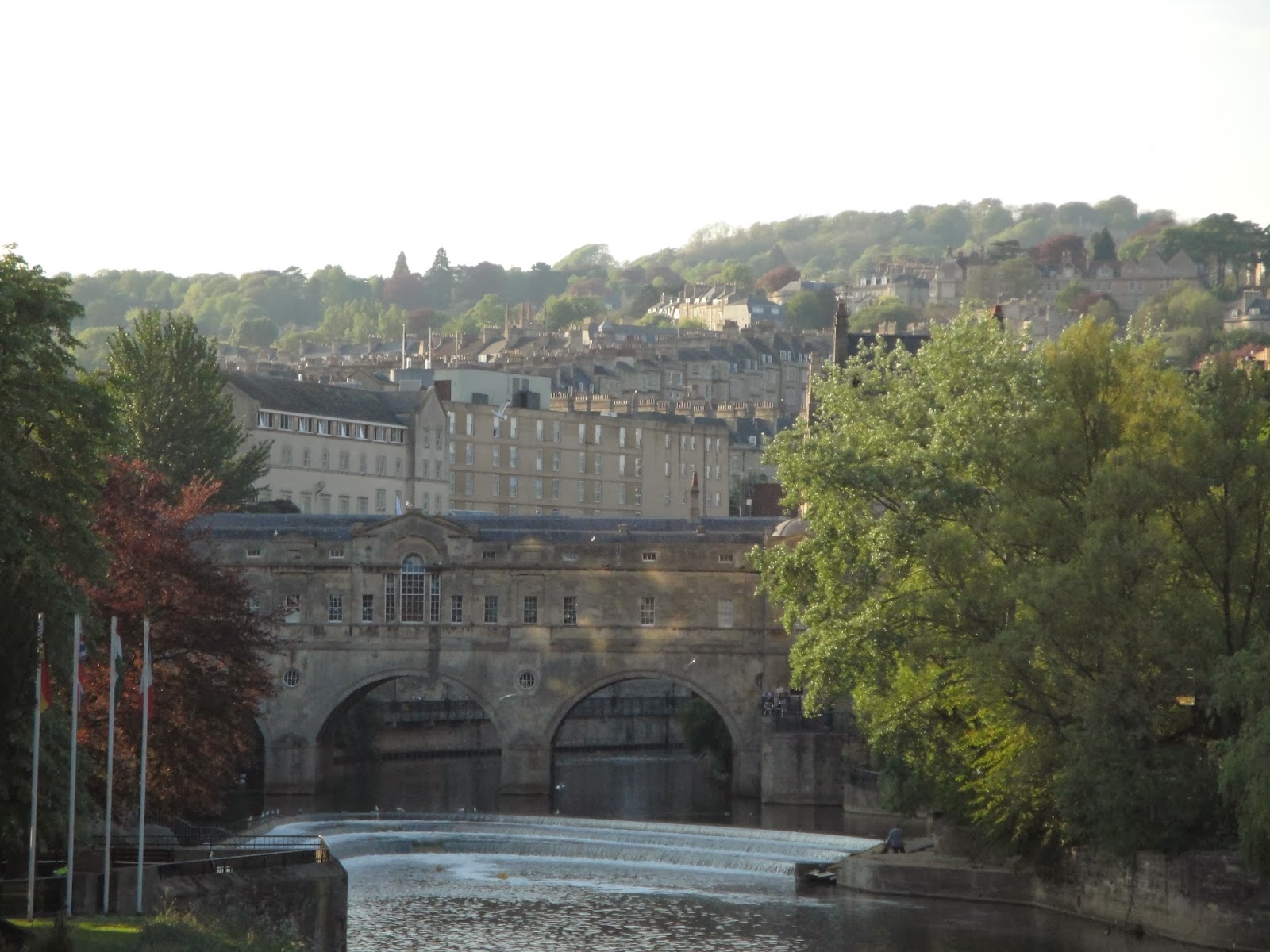 |
| Town Hall (Camara Municipal) |
Będąc w temacie Portugalii, zabieram Was do miasta, które podbiło moje serce i zawładnęło umysłem. Miasto o niezwykłym klimacie i atmosferze bezpretensjonalnego uroku. Naturalność i autentyczność tego miasta daleka jest od snobistycznego ładu wielkomiejskich dzielnic. Porto.
 |
| Town Hall (Camara Municipal) |
Najpierw dotarliśmy do ratusza miejskiego (Camara Municipal) dominującego nad sporym placem w towarzystwie eleganckich budynków. Na dobry początek ładne widoczki.
 |
| Square in front of the Town Hall |
Chwilę później zobaczyliśmy kościół karmelitów (Igreja do Carmo) z śliczną barokową fasadą oraz jedną ścianą ozdobioną płytkami –azulejos.
 |
| Igreja do Carmo |
Since we didn’t have much time to visit the city on our own, we hopped on a sightseeing bus and had a ride around the city.
Ponieważ nie mieliśmy zbyt dużo czasu, aby zwiedzać miasto na własną rękę, wskoczyliśmy do autobusu i objechaliśmy miasto dokoła.
We headed to the coast, near the Queijo Castle (Castelo Queijo), where we got off the bus to see powerful waves of the ocean fiercely crushing against the rocks. We popped into the sea life aquarium which, after my visit in the Lisbon’s Oceanario, was a bit disappointing.
Najpierw udaliśmy się w kierunku nadbrzeża, niedaleko Zamku Queijo (Ser) by zobaczyć uderzające z łoskotem fale oceanu. Zwiedziliśmy również akwarium Sea Life, które nie umywa się do tego lizbońskiego oceanarium.
Then we made for the amazing old town (the Ribeira), which seems to slide into dilapidation, but to me it’s a sheer nonchalance of this place. Simple buildings where people live their lives at the pace of boats loaded with wine barrels floating down the River Duro. The place is not commercialised yet. Astonishing place with stunning views and an inviting, laid-back vibe.
Chwilę później udaliśmy się do przepięknego starego miasta (Ribeira), który wygląda jakby popadał w stan rozkładu, a według mnie to czysta nonszalancja tego miejsca. Prostota budynków, których mieszkańcy wiodą spokojne życie w tempie sunących wzdłuż rzeki łodzi załadowanych po brzegi beczkami wina. Niezwykłe miejsce, przepiękne widoki i wyluzowana atmosfera.
 |
| The Ribeira |
Porto is best known for its wine that’s why we crossed the Luis I Bridge making our way to Vila Nova de Gaia where famous wine producers store some of their wine. We entered one of cellars. A short circuit among barrels of port made me giddy, let alone the content.
Porto znane jest przede wszystkim z wina Porto, dlatego przekroczyliśmy mostem Luisa I (Ponte Dom Luis I) rzekę Douro i skierowaliśmy się w stronę Vila Nova de Gaia, gdzie najsłynniejsze winnice przechowują swoje skarby. Odwiedziliśmy jedną z piwniczek, a sam nawet spacer wśród wielkich beczek wina przyprawiał o zawrót głowy, co dopiero zawartość…
 |
| Vila Nova de Gaia |
Wieczorem w drodze powrotnej, choć nie mieliśmy już czasu na zwiedzanie, zajrzeliśmy w najciekawsze zakątki Porto. Zobaczyliśmy słynną Cafe Majestic otwartą w 1921, księgarnię Lello ( z niesamowitym wnętrzem) oraz dworzec kolejowy Sao Bento (kolejne azulejowe arcydzieło)
 |
| The Clerigos Tower |
 |
| Azulejos in the Sao Bento Rail Satation |




























































